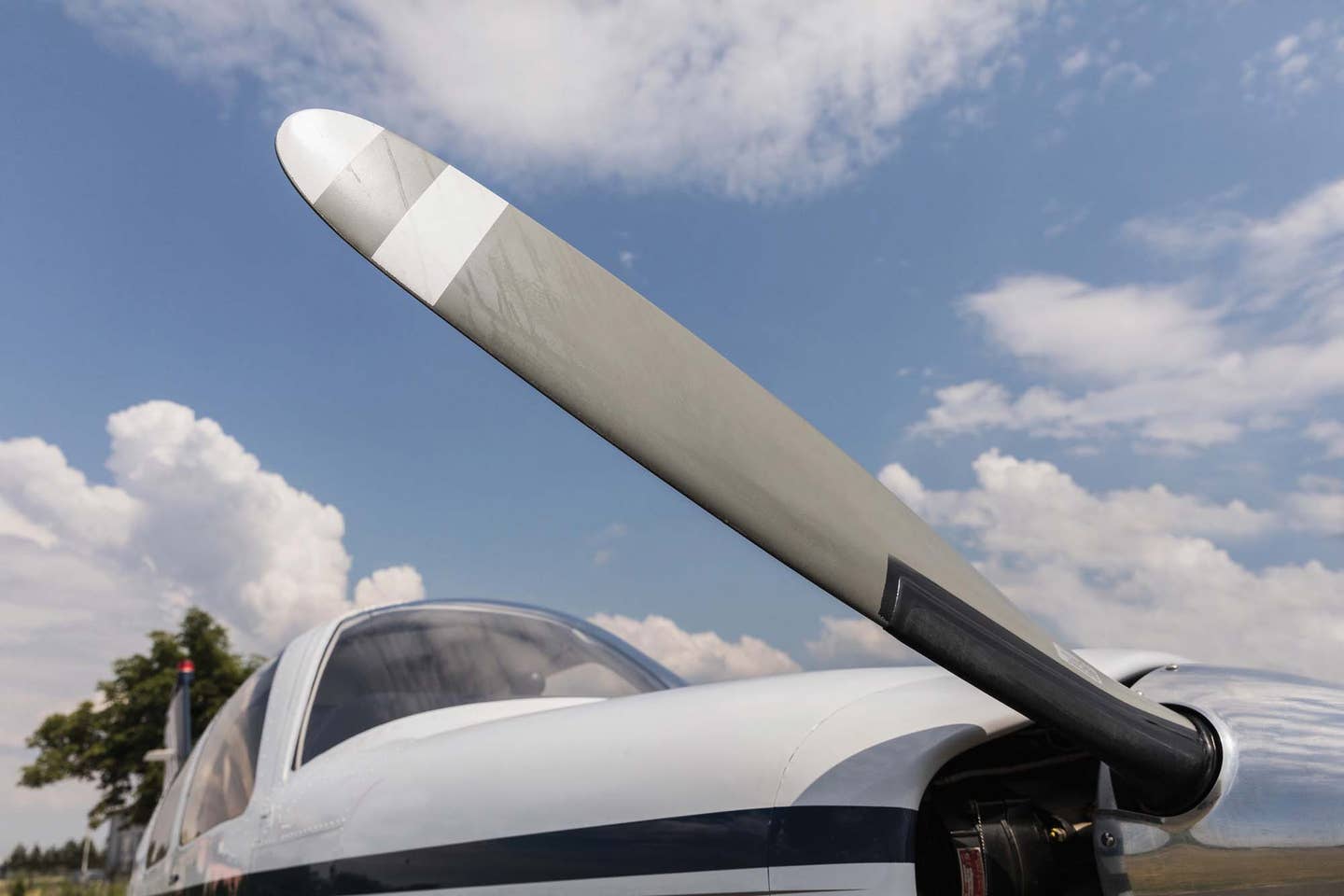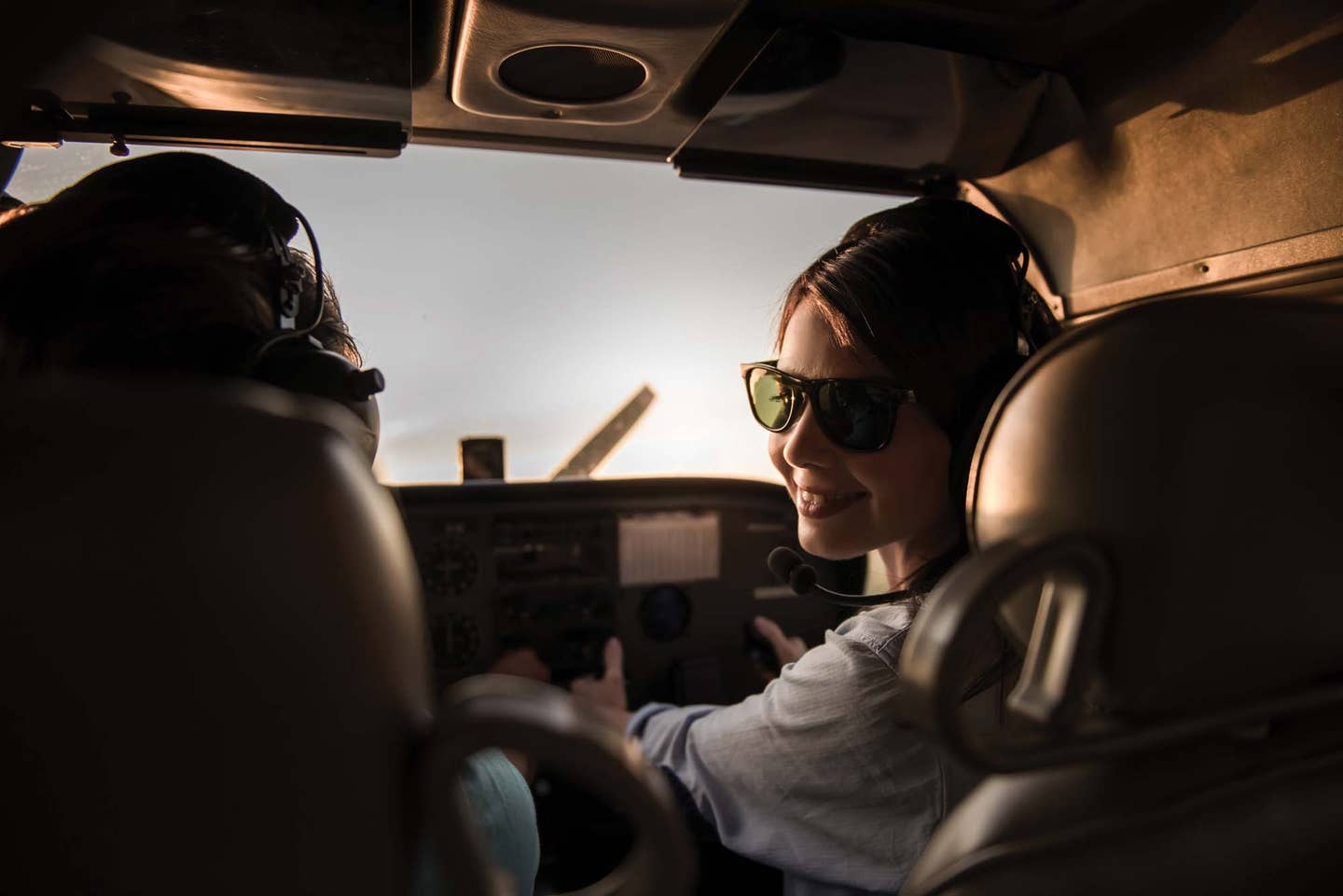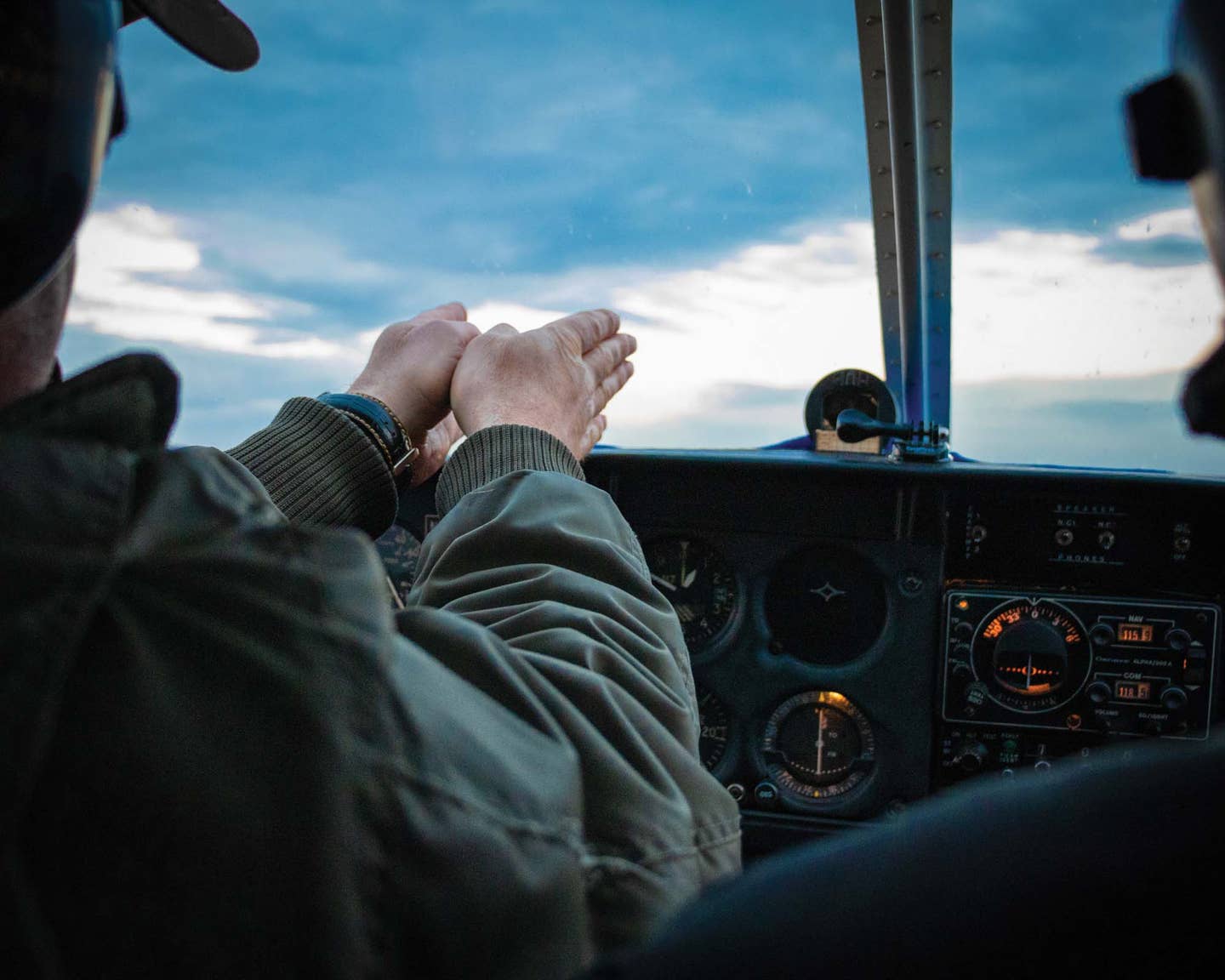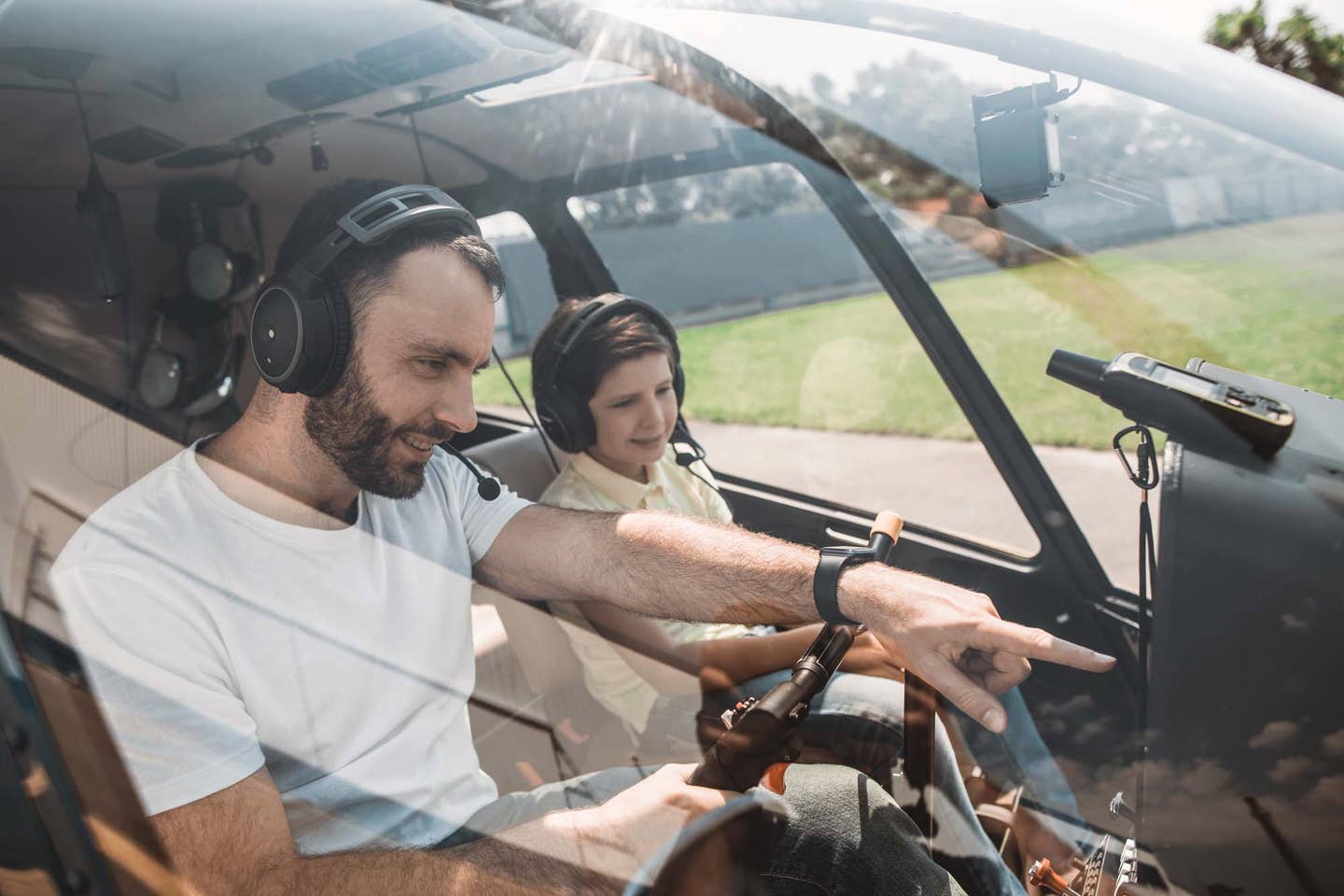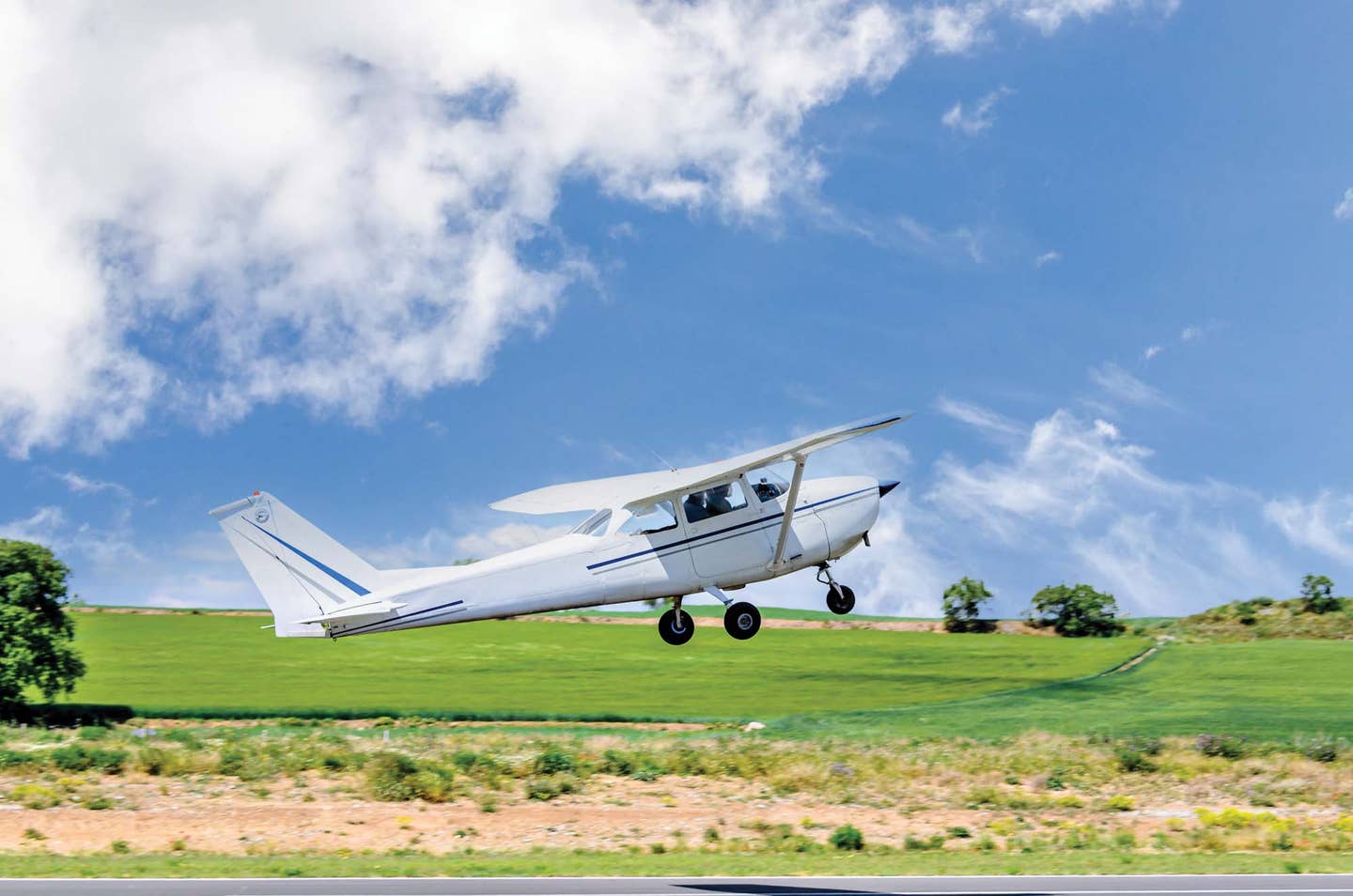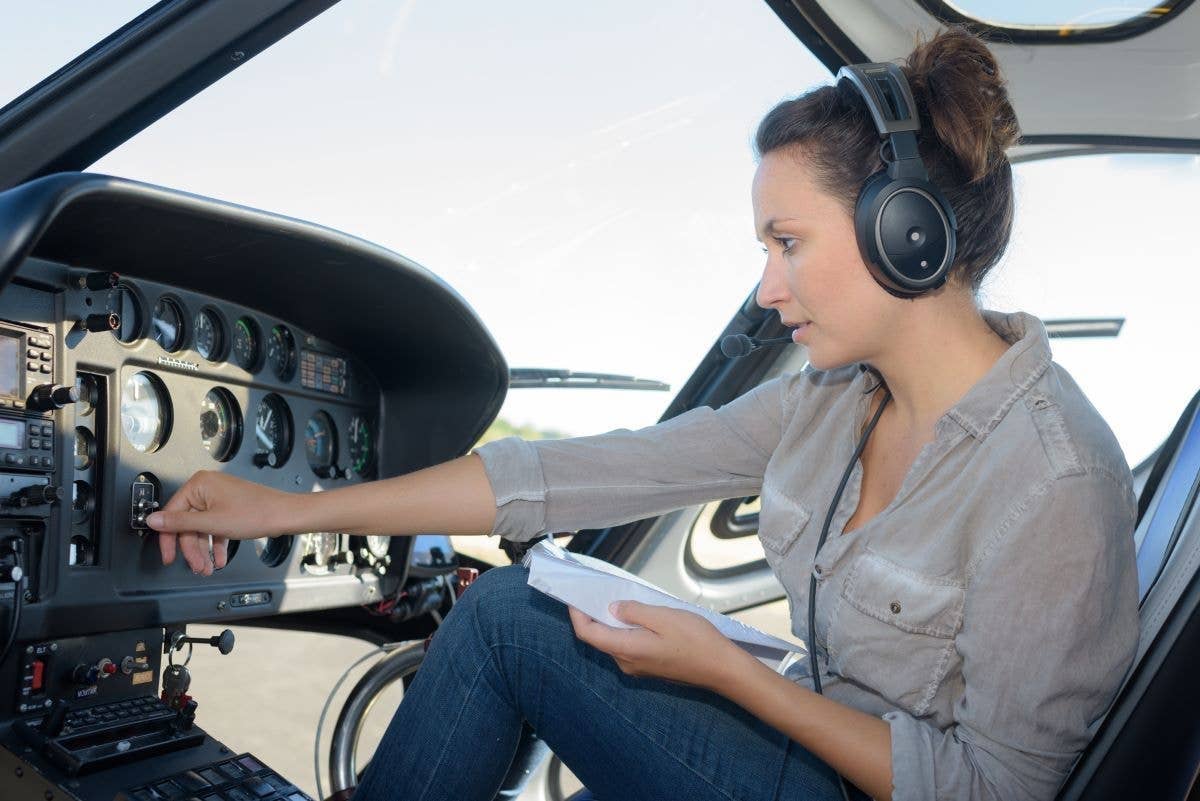Lessons Learned: Mountains Demand Pilots’ Respect
A close call reminds the author to be ever vigilant.
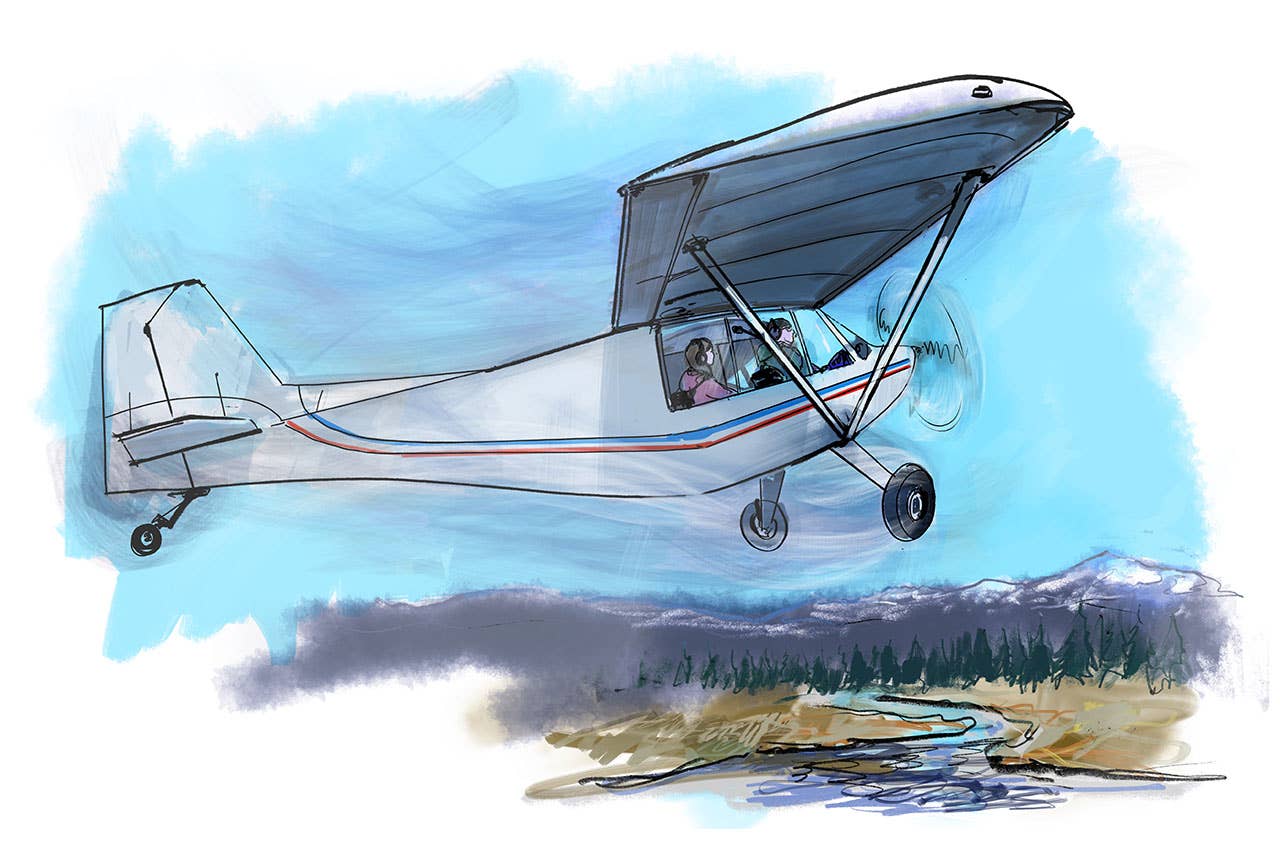
Mountains demand respect. Illustration by Gabriel Campanario
The Rans S-7LS is what I refer to as a poor man's bush plane. It can carry two people in comfort at speeds approaching 90 miles per hour (notice I didn't say knots). And, when flown solo, it can be landed practically anywhere a pilot is skilled enough to put it down. Powered with a 100 horsepower Rotax 912ULS, the S-7 has a decent power-to-weight ratio at its maximum weight of 1,320 pounds and only burns around 4 gallons of premium auto gas an hour at full power. Of course, a Super Cub would be the ultimate airplane. For me, the S-7 is the epitome of everything I'd ever wanted in an airplane---taildragger; excellent STOL characteristics; tandem seating; inexpensive operation; two seats; and easy maintenance. My S-7LS is hangared in Granby, Colorado (KGNB).
At 8,200 feet in elevation, Granby is surrounded by the 13,000-foot mountains of the Continental Divide---making it a very challenging mountain flying destination. If you're a pilot, you know that these elevations negatively affect impact performance---both engine power and lift are reduced.
I grew up only a few miles from Granby and have spent the majority of my adult life in the Fraser Valley just to the south. I've been a pilot since 1992 and a flight instructor since 1994--thus, I've been intimately familiar with the peculiar weather and terrain of my mountain home from a pilot's perspective. It is this experience that has helped mold me into a seasoned mountain pilot and flight instructor. Even with all that experience, the mountains always hold a few cards up their sleeves. I would soon find this out on a local flight with my daughter as a passenger.
As a rule, I consider mountain flying in single-engine airplanes to be a purely morning activity. No amount of horsepower can overcome the severe downdrafts that occur as the winds pick up in late morning and into the afternoon---pouring over the mountainous terrain. I generally try to be on the ground no later than 11 a.m. at all times of the year. There are exceptions when flying in the valley is possible---but local knowledge is mandatory.
I think of myself as a thoughtful, conscientious pilot. I never want to expose myself or my passengers to unnecessary risk. This means setting personal minimums and holding to them. When I'm flying solo with a light load, my airplane's performance allows me to fly closer to the edges of its performance envelope. When I'm flying with passengers, I greatly increase my margins. I am a pilot who definitely does not want to die doing what I love. Even with this mentality, I have still had close calls.
The weather in the mountains is usually very consistent---dead calm in the morning, gradually filling in with stronger and stronger winds toward the afternoon and then calming back down again in the afternoon into evening. On the day of this particular flight, the winds had built up, but they were unusual in that they were steady instead of gusty.
It was around 12 o'clock in the afternoon, and I decided to take my daughter for a quick hop around the valley. My family has a ranch with meadows I routinely land on. I almost always fly over even if I don't end up landing. This day was no different---only it was later in the day than usual. The ranch sits to the south of Granby in the Fraser Valley. It is situated right at the foot of the Rocky Mountains and so is much closer to the terrain features that affect the winds. As a result, I was anticipating downdrafts as we overflew the meadow.
As we approached the ranch from the west, I was at about 1,000 feet---twice as high as usual. We were flying toward the mountains, and everything was going smoothly. We flew over the ranch and, about halfway to my turnaround, encountered an intense downdraft. The loss in altitude was so fast that I quickly realized we weren't going to be able to turn around before being at powerline level. I kept the wings level, having already applied full power, and brought my airspeed to Vy. At this point, I was committed to just flying the airplane and not allowing airspeed to decay.
Even at full power and best climb speed, the airplane continued its elevator ride toward the ground. I watched the power lines and made sure I could clear them as we made our way up the valley toward what was beginning to look like an unplanned arrival.
It was at this point that my daughter commented, "Whoa, this is interesting."
"This is a bit scary," I replied. "We might be landing in those bushes."
We were stuck in a downdraft on the leeward side of a hill. Just across a small creek we were flying over, the terrain rose toward the mountains. I decided to see if we could get some lift off of the hillside and made a gentle turn toward it---descending the entire time. As we approached the hillside, the airplane slowly began to climb. We were literally only 10 feet or so above the creek bed at the time. Once over the hillside, the airplane began to climb normally, and I turned down the valley and flew over the middle of the ranch, climbing at about 800 feet per minute. Once out of the downdraft, it was as if nothing had happened.
I was pretty upset with myself for putting us in that predicament. Even though I was thankful I'd added what I thought was a large margin to our altitude, it clearly wasn't enough to overcome the effects of the winds that day. I told my daughter that I'd never thought I was going to bend an airplane before, but I was pretty sure we were going to bend it that day. I was really embarrassed to have exhibited such poor judgment. Even though I thought I was being safe, I had misjudged the potential strength of downdrafts we could encounter. I had flown over the ranch with the meadow off of our left wing so I could turn toward it during our turnaround, but the downdraft was so severe that it just wasn't possible. The irony is that if I'd flown directly over the meadow, we probably wouldn't have encountered it at all.
The lesson I learned that day is that single-engine airplanes can be safely flown in the mountains, so long as you don't break the rules and make sure you have healthy margins. No amount of experience or local know-how can overcome the power of Mother Nature---she always demands respect.

Subscribe to Our Newsletter
Get the latest Plane & Pilot Magazine stories delivered directly to your inbox

